Storq Maternity Rebrands With Real Pregnant Women
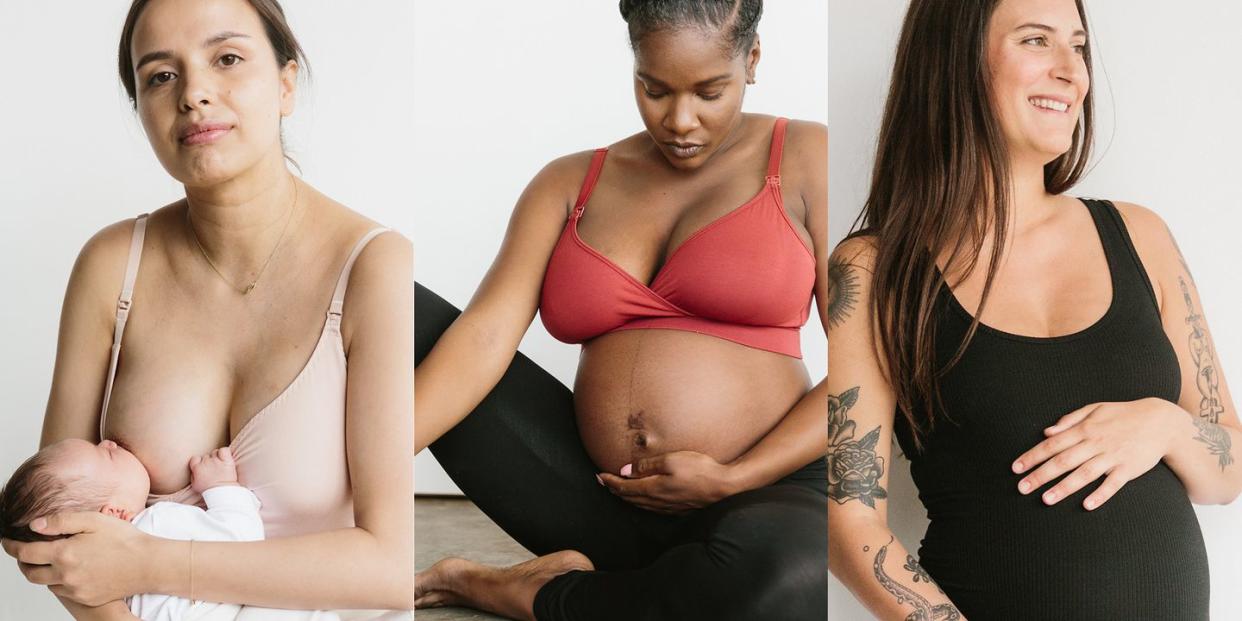
When Courtney Klein dreamed up Storq, a maternity clothing brand, she was not yet a mom. Neither was Grace Kapin, a friend and former editor and stylist who joined as creative director. The women sought to fill what they heard from friends was a void in the shopping landscape-a dearth of stylish, quality pregnancy basics-and envisioned a series of high-brow images to tell their story.
“We wanted to bring fashion credibility to the maternity market,” says Klein.
For their 2014 launch, Klein and Kapin paired their designs, like a black midi skirt, with pieces from Celine, Alexander Wang and Prada. They cast a blonde 5’10” model who was, in fact, pregnant, but pregnant in a way that only models can look pregnant, looking like she had swallowed a basketball. She wore big, black sunglasses and a deep scarlet lip. “Those first images got us a lot of street cred,” Klein says, as in: They are making maternity cool.
“Maybe it was too cool,” Kapin adds.
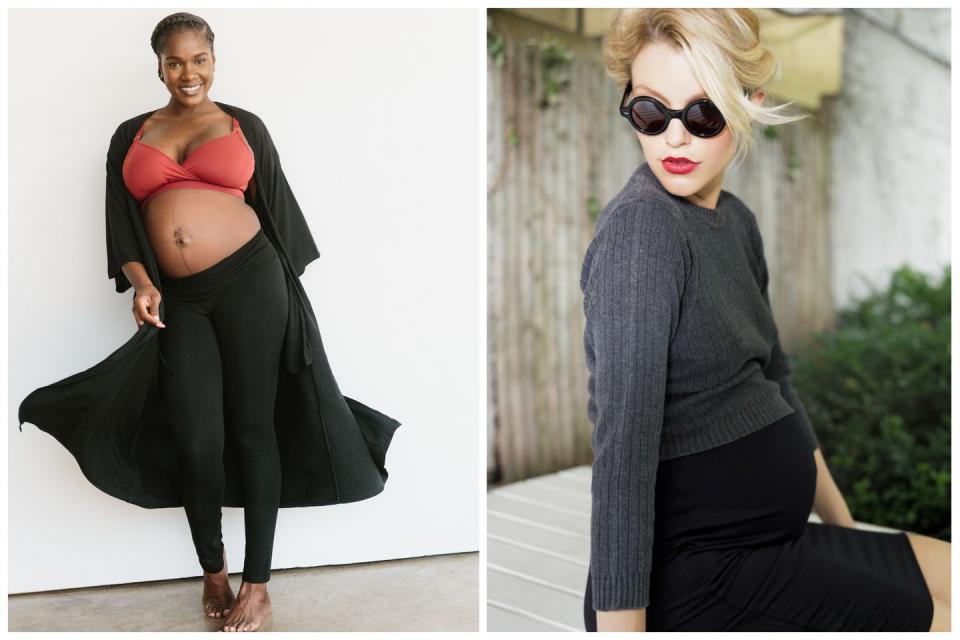
Four years and three kids between them later, the women have a new perspective on pregnancy, birth, and the body journey afterwards. Even something as simple as a model’s skinny arms, Kapin points out, can be off-putting. “We’re very sensitive to what it makes you feel like-even more so after having been through it ourselves.”
Storq is replacing every single photo on its website with images of real women who are pregnant, postpartum or nursing. The group represents its newly expanded size range, too, from 2 now up to 22, from 16 previously, with sizes 24 and 26 coming in September. The photos were shot by a female photographer with extensive experience in motherhood and maternity images, using only natural light and no post-production retouching whatsoever. Two pregnant women have a visible linea nigra (the line down a pregnant woman’s stomach), another is nursing her four-week old child. "You need a little bit of a crutch to lean on when your body is doing weird things," Kaplan says. “It helps to have someone to look at who you can identify with."
As the idyllic myths of pregnancy and motherhood are being dispelled across the media, in pop culture and entertainment-replaced with candid and, in some cases graphic, depictions of childbirth, recovery, and early days of parenting (see: Ali Wong's two standup specials or Chrissy Teigen's Instagram)-maternity clothing marketing is finally starting to catch up.
Pregnancy, and all the body changes/awareness/feelings that come with it, is ripe for this kind of repositioning for a new generation of moms. Millennial women accounted for 82% of births in the U.S. in 2016, and there are more than 17 million millennial moms, according to the Pew Research Center.
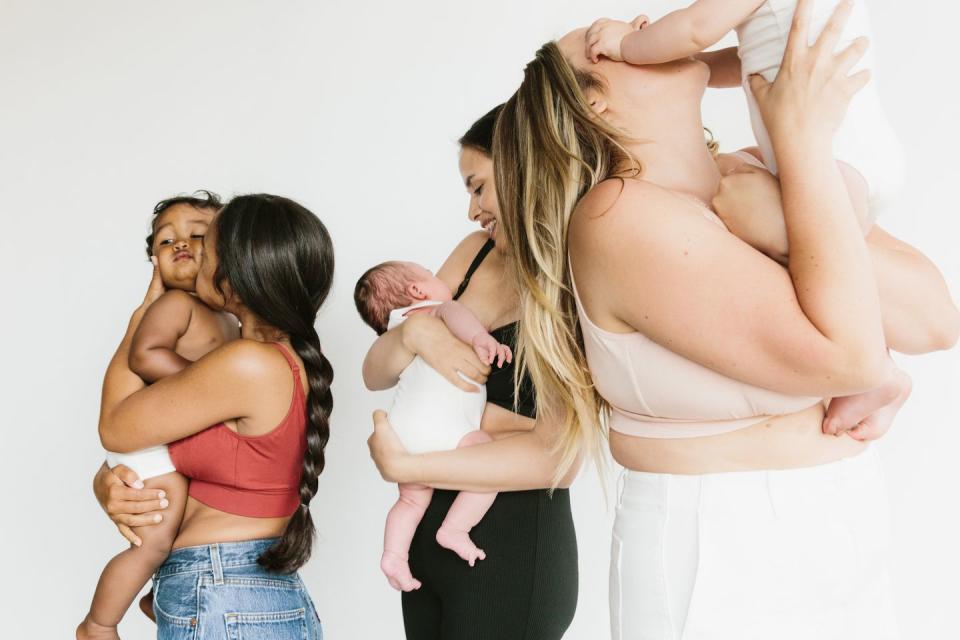
Still, prosthetic bumps (literally a pillow in the shape of a pregnant belly) are commonplace among maternity clothing purveyors. Last year, ASOS responded to a viral tweet questioning its use of “weird fake bumps” on non-pregnant models. “Model welfare is important to us, we don't want pregnant models on their feet all day,” the U.K. brand responded. A spokeswoman offered me more of an explanation: “Baby bumps change weekly, so to make it easier for customers to compare products, we use a prosthetic maternity bump that never changes size,” the company said in an email.
Which, ok, yes: the logistics of styling and shooting on an actual shape-shifting pregnant woman are much more complicated. But putting a fake bump on a non-pregnant model isn’t an accurate depiction of what a pregnant woman’s body is like. You would have to pad the bra and the butt, and maybe the arms, thighs and ankles, too.
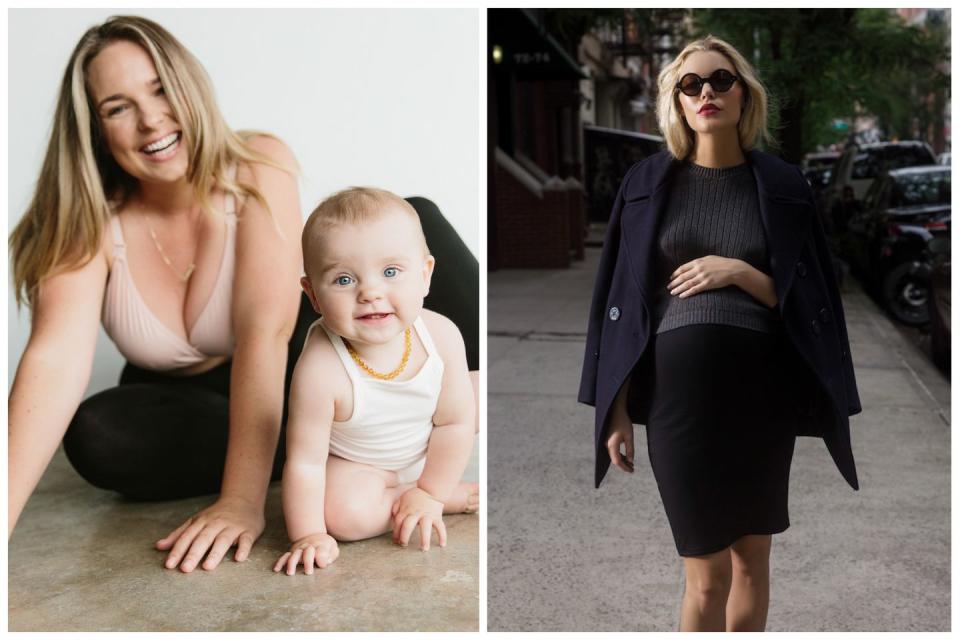
Thankfully, most brands have shifted to using pregnant models. Isabella Oliver, a London-based maternity brand, adds a fake bump when the model’s own bump isn’t as defined as they want it to be. Old Navy looks for pregnant women in their later stages “so we can celebrate the bump,” according to a spokeswoman. Séraphine, a maternity brand favored by Catherine, Duchess of Cambridge, tries to form relationships with models early in their first pregnancy, says founder Cecile Reinaud. “That way we have plenty of time to work with them throughout their nine months as well as afterwards when they are nursing.”
Now, some labels are celebrating real women (read: not models). Destination Maternity Corp., which includes A Pea in the Pod, launched a series for its Motherhood brand photographing regular women when they are pregnant and again after they give birth. They invited others to join in on social media: “We’re ready for the good, the bad, the truth,” read the callout.
At Storq, Klein and Kapin scoured Instagram for candidates, searching hashtags like #stylethebump and #plussizeandpregnant, to find women at various stages in their pregnancies as well as the brand’s size range. (Two of the women are professional models, but both were found without the help of an agency). The whole crew was female, too, to make the vibe on set as comfortable as possible.
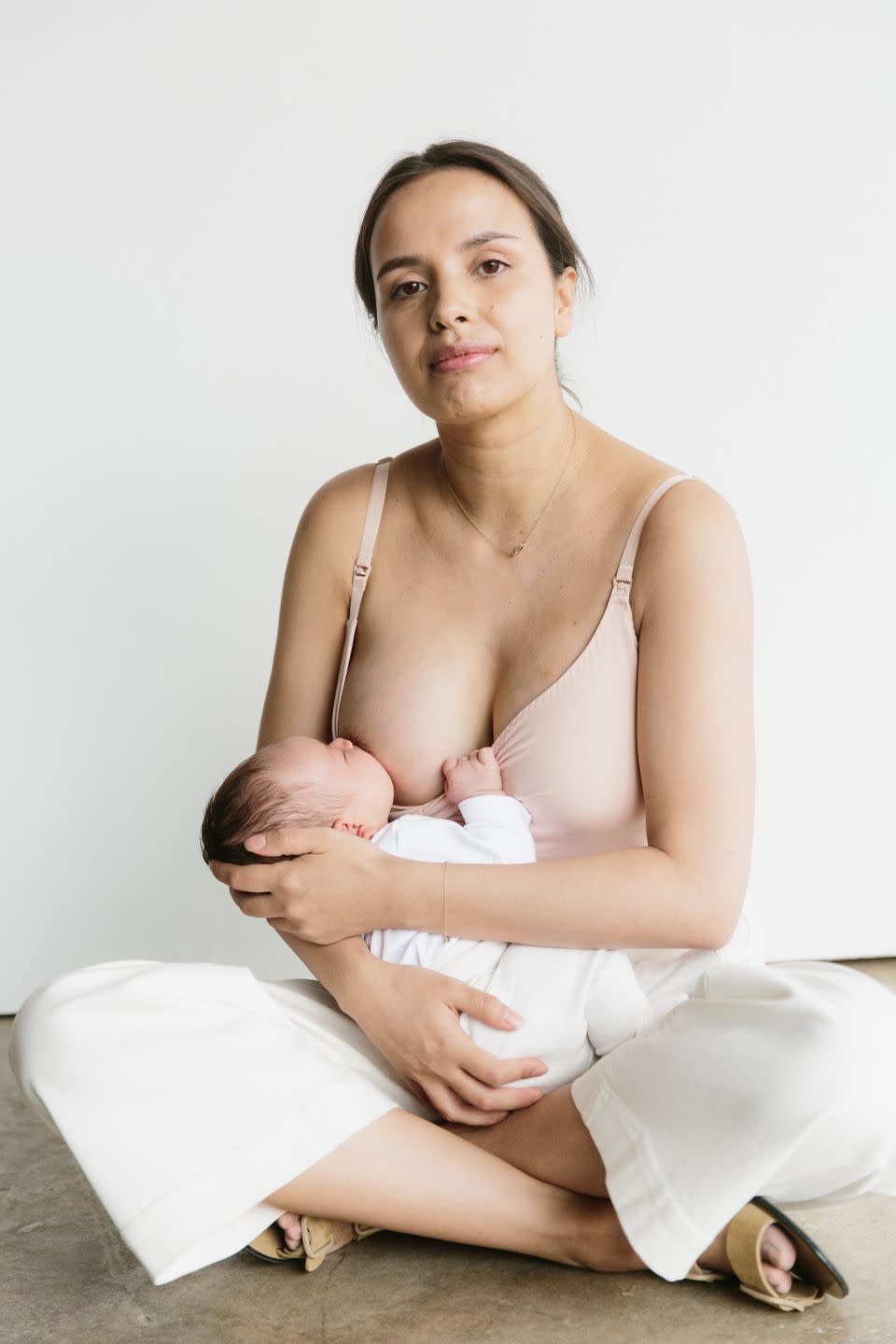
“We were a little nervous about how the women would feel about being in photos together,” said Kapin. A camaraderie emerged, she said, with women swapping stories about their birth experiencing and their birth plans. Many women brought their children, and their resulting smiles radiate with a maternal warmth. None of the images have been retouched-tattoos, wrinkles, stray hairs, they’re all in there.
The hope, Klein says, is to undo the stigma around shopping for maternity clothing, and to make women feel welcome. “What we want to show, and the way we want to sell you on these clothes, has changed,” says Klein. “Let someone else be the cool maternity brand.”
You Might Also Like


